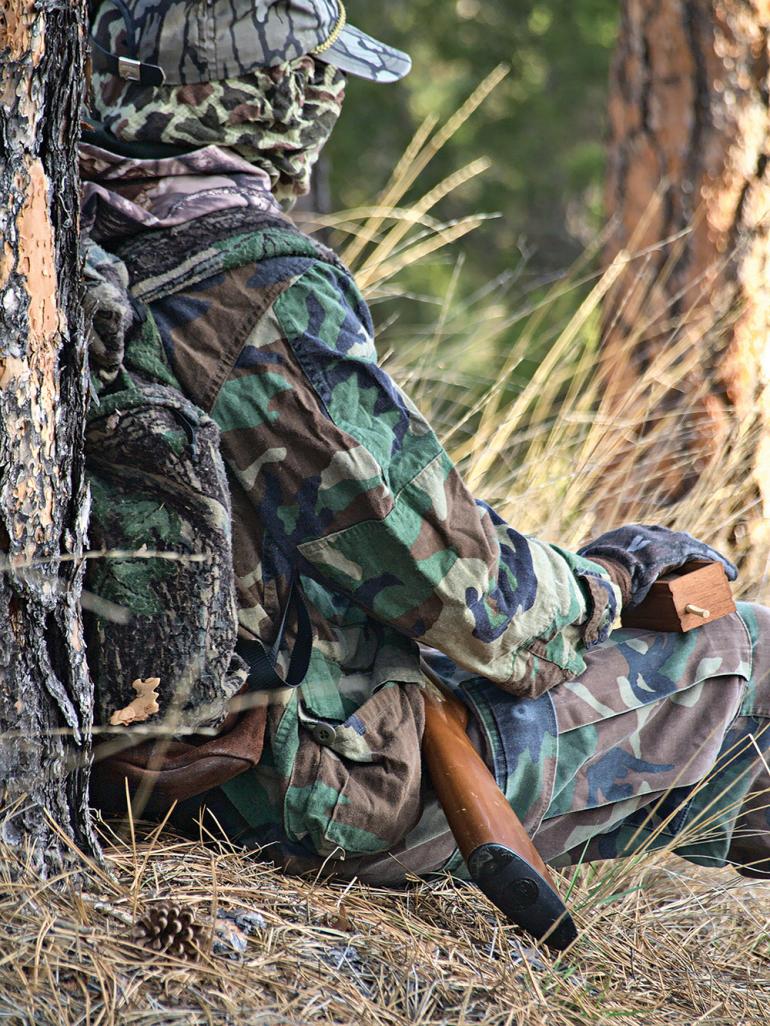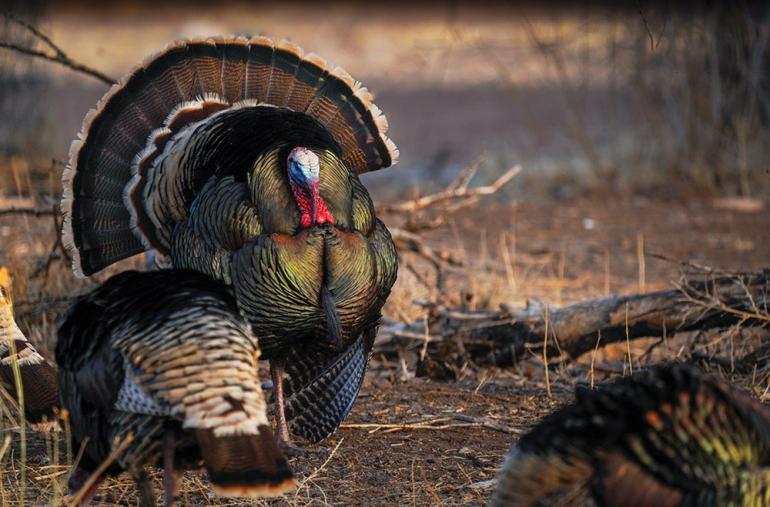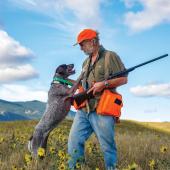No Two Ways About It
Deceiving wild turkeys in spring.
The river was wide and muddy. Cottonwood stands flanked it on both sides. Beyond them, a labyrinth of breaks led into the high country. The sound of the gobble echoed across the entire flat. It was haunting. Dad and I were on one side of the river working up a big tom on the other. We’d brought him all the way to the edge of the bank in full strut, but he wouldn’t come across. He had a hen so there was no reason to leave. But what if we got her to cross? Maybe then he’d follow.
We changed our calling technique, focusing strictly on her behavior. She’d cluck soft and we’d respond the same. Then she’d yelp and we’d counter louder. After a while, it turned into a hen party, the both of us calling over the top of one another, all while the tom gobbled up a storm.
Calling was how you do it, I was told. That's how it was supposed to be done. Like mountaineers in pursuit of summits, it didn't matter if we got one, it was the way we got it that counted.
Then we heard it—the hollow drum of a wingbeat, followed by the affirming crescendo of a bird taking flight. Even louder was its arrival, landing not 50 yards from us. Ten more wingbeats and in came the second turkey. We had them in our court, now. She came into the set putting softly, the strutting tom right on her tail. It took only a short two-tone whistle for him to periscope his head and present us with a perfect shot.
When my friends hear of the lengths I go to while chasing wild turkeys, they often respond with laughter and amazement. How could I devote that much time, energy, and patience to pursuing a 15-pound bird? Fair point. Even more remarkable, they think, is the process. But in fact, the process is one of my favorite parts about it. I grew up learning to call to birds. The holy grail of turkey hunting was to fool a big gobbler, luring him away from his hens and into range.
That’s how you do it, I was told. That’s how it’s supposed to be done. Like mountaineers in pursuit of summits, it didn’t matter if we got one, it was the way we got it that counted. Stalking was meant for big-game animals. We never considered doing it for turkeys. In fact, we looked down on people who did, almost as if they were unethical. On a side note, it’s actually illegal to stalk turkeys in Pennsylvania as a “matter of safety,” whatever that means.
But the year after Dad and I called those turkeys across the river, we found ourselves in a position that begged for a sneak. We’d spotted a flock, way out in the middle of a clearing with no cover in any direction, except for a small ridge running parallel to the way they were heading. It’d require a belly crawl, but if we were able to get behind it, we might have just the bit of relief necessary. The trick would be making it to the rise without being seen, and at first the task seemed impossible. With nearly 20 eyes to deceive, and virtually no way to hide, the prospect of actually getting in range was dismal. No pain in trying, though.
Our knees and elbows kept pressed into the dirt and bunchgrass as we did everything we could to stay hidden.
We left our concealed position and set off toward the small rise, bellies on the ground. Our movements were slow and deliberate. Shuffle, breathe, shuffle. Repeat. After what seemed like an eternity, we crawled over the small fold in topography and slipped out of sight. Now we had a decision: stay put, break out the slate, and see if we could bring them to us; in other words, business as usual. Or, continue to creep behind the crest and catch them by surprise. We looked at each other silently and pondered our options. I’m still not sure why, but we opted for the latter; maybe it was because sneaking was fun. It was thrilling, actually, and it certainly didn’t feel like nefarious work so far. We may as well have been trying to crawl into archery range on a herd of elk.
It took 30 more minutes to close the gap and for every one of those minutes I was on the edge of my seat. Our knees and elbows kept pressed into the dirt and bunchgrass as we did everything we could to stay hidden. When we finally did get within range, the first two heads we saw were dark red. Our aim was true.
Of what advantage it is to sneak up on turkeys rather than call them in, I don’t know. Up until that day, the purist thinking of my youth led me to believe that there was only one way. But experience proved me wrong. We had one of the best turkey hunts of our lives without letting out a single peep. While Dad still believes that calling is the best method, my perspective has broadened. We go back and forth on tactics all the time, and when it comes to dyed-in-the-wool hunters like him, the topic of stalking always makes for good discussion. But I’ve learned that one area I’ll always have him on is that when it comes carving time, tasting the difference is downright impossible.















